Summer Flower Problems: Black Leaves
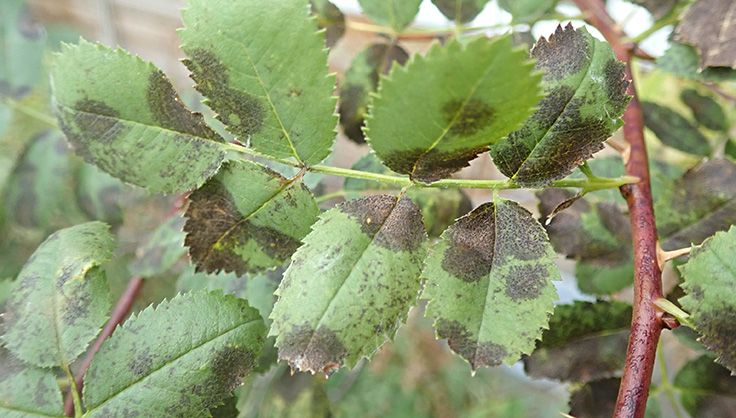
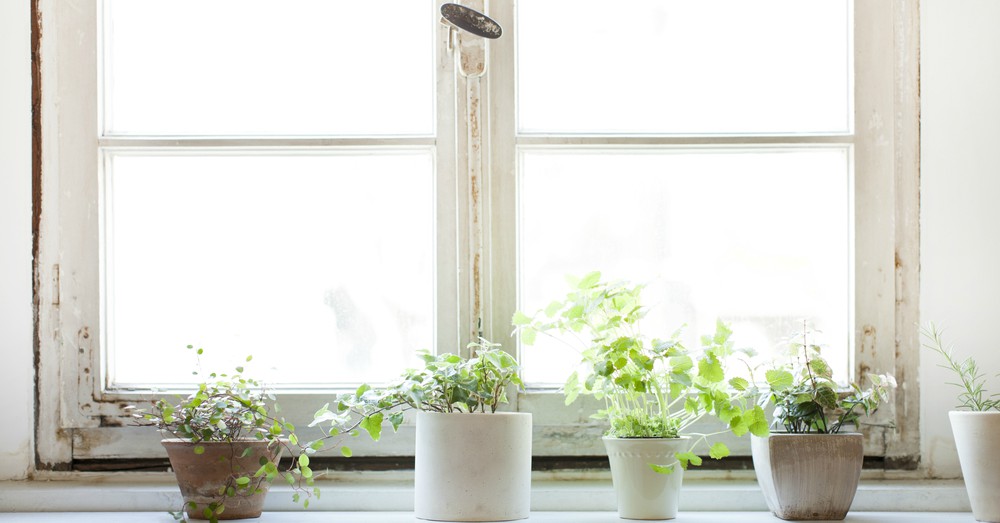
Surely this usual little mishap in summer flowers has happened to you. After a few days away from home, when we return home we will have found that our plants have suffered one of the phenomena typical of these times of the year: black leaves. One of the problems of summer flowers that has its roots in different reasons and that, far from being just an aesthetic inconvenience, has repercussions on the plants.
And it is important to understand that those black leaves are, in fact, a way that plants have to attract our attention naturally, a symptom of other inconveniences that may be compromising their health and well-being.
Thus, let’s discover the multiple reasons that can cause this phenomenon so typical of summer flowers both indoors and outdoors (although the reasons are different); and what is more important: how to solve it in order to enjoy them.
MOTIFS OF BLACK LEAVES IN SUMMER FLOWERS
Before going into detail about why we find both spots and black leaves on our plants, it is important that we distinguish between outdoor and indoor summer flowers. A distinction that is fundamental, basically, in that the reasons that motivate this uncomfortable appearance are different in a closed space or in an open one.
Let’s look at both scenarios to understand how to fix the problem:
outdoor summer flowers
Black spots as a problem in summer flowers mainly affect rosebushes, maples and some types of camellias; and we can detect them especially at the end of the summer season. They will start as a small dark circle on the leaves (between 5 millimeters to about a centimeter in diameter), and their evolution is easy to identify: leaves affected by black spots begin to yellow and fall prematurely. A fall that, little by little, will affect the entire plant until the trunk is devoid of all of them.
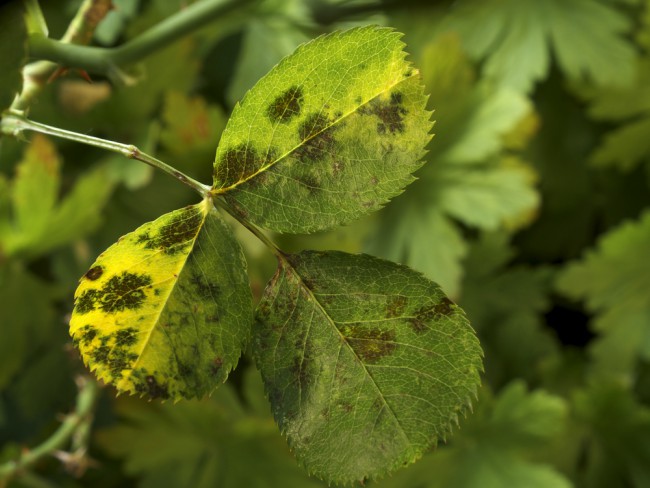
The reason why this happens is a fungus, which finds in the mild temperatures of late summer the ideal breeding ground to infect the leaves. It is important to know that, although they appear now, these fungi have lived in a dormant state on the plant throughout the year.
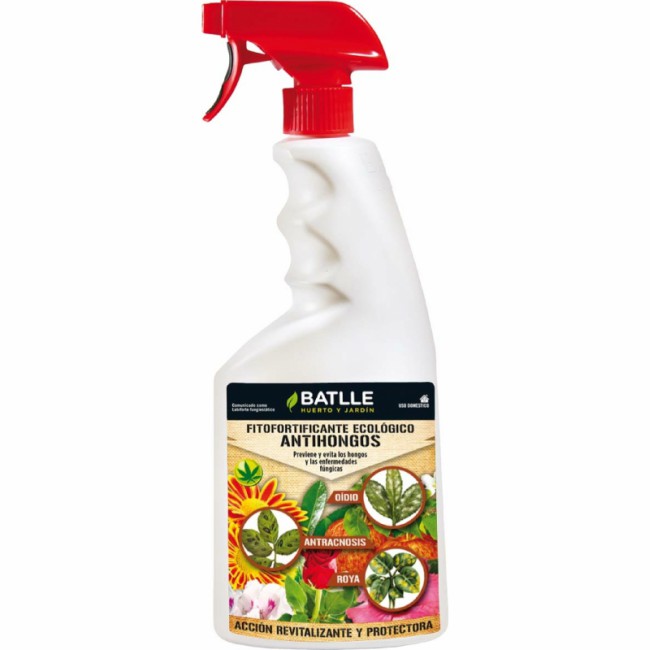
But even more than knowing how long the fungus has been with us, it is essential to stop its attack in time. If we have the slightest suspicion that a certain plant may be infected, we will have to use a specific fungicide as soon as we see the first symptom (something fundamental, if we take into account that fungal infections proliferate at great speed and can even kill the plant); and, in addition, remove all the leaves that have been able to detach from the plant to prevent the contagion from reaching others.
indoor summer flowers
In the case of indoor summer plants and flowers, the reason why the black formations appear on the leaves is quite different. Usually, we will find this phenomenon after returning from a vacation or having had the house closed for a few days due to the high temperatures.
Precisely, this is one of the engines of the appearance of black leaves: and it is that, on many occasions, the lack of ventilation and light causes problems in summer flowers and a drying out of the leaves that manifests itself with this coloration. dark.
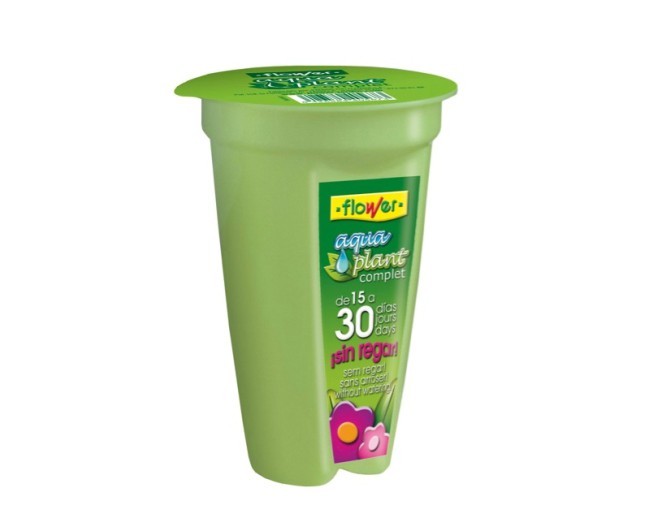
However, this factor is the last one that we will check if we have been at home and, even so, we find that these uncomfortable dark spots appear. In case both the ventilation and the light level are correct, we will have to evaluate if we are applying an irrigation below the needs of the plants (remember that, in closed spaces and with summer temperatures, dehydration is much faster, so it is important to have vacation irrigation systems) or even if we have applied a fertilizer that could have burned the leaves (this reason is also usually associated with a lack of irrigation).
In case we detect that the black spots may be related to a recent subscriber, the ideal is to water the plant abundantly (especially when it comes to solid fertilizers) to try to eliminate its trace; and change the upper part of the substrate of our plant (which is the usual place where compost deposits are formed).
Has this problem ever happened to you with your summer flowers? Tell us!
If you need a fungicide product, visit our section here> Plant treatments
If you are looking to buy plant fertilizer online, discover our selection> Fertilizers

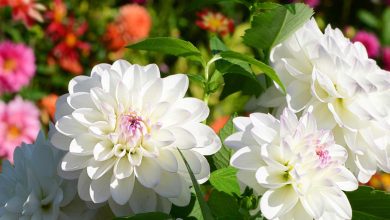
![Photo of How to Grow Medicinal Herbs: [Complete Guide and Types]](https://www.complete-gardening.com/wp-content/uploads/2022/08/how-to-grow-medicinal-herbs-complete-guide-and-types-334x220.jpg)
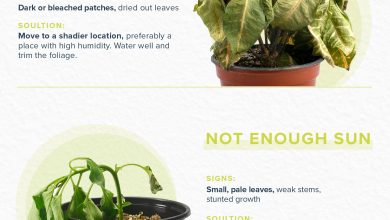
![Photo of Madagascar Jasmine: [Growing, Care, Pests and Diseases]](https://www.complete-gardening.com/wp-content/uploads/2022/08/madagascar-jasmine-growing-care-pests-and-diseases-390x220.jpg)